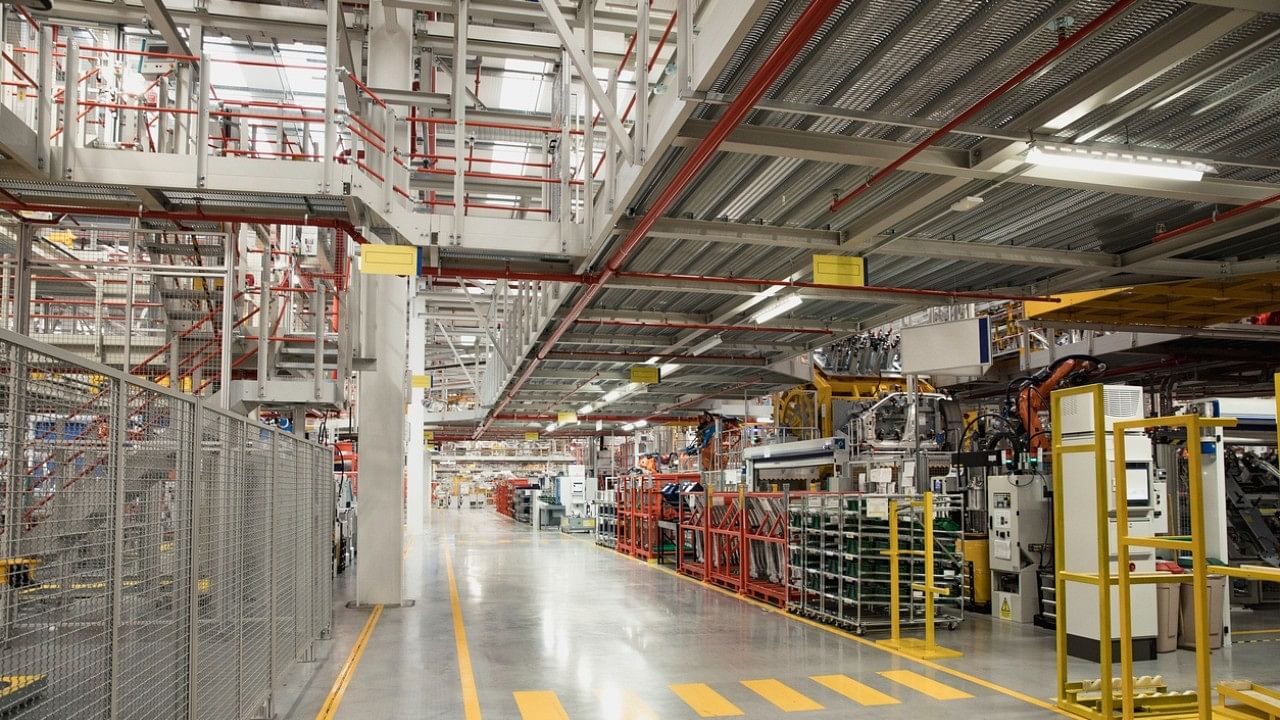
Image for representation.
Credit: iStock Photo
Bengaluru: India's manufacturing activity expanded at a solid pace in July thanks to continued robust demand, according to a survey that also showed cost pressures were high as prices charged to clients rose at the steepest rate in over a decade.
Manufacturing accounts for less than one-fifth of the country's economy but in a recent budget the government announced spending plans aimed at boosting the sector, supporting growth in Asia's third-largest economy.
The HSBC final India Manufacturing Purchasing Managers' Index (PMI), compiled by SP Global, came in at 58.1 last month, little changed from June's 58.3 reading but slightly lower than the preliminary estimate of 58.5.
It has been above the 50-mark separating growth from contraction since July 2021 - the longest expansionary streak in 11 years.
"India's headline manufacturing PMI showed a marginal slowdown in the pace of expansion in July, but with most components remaining at robust levels, the small drop is no cause for concern," noted Pranjul Bhandari, chief India economist at HSBC.
Buoyant domestic demand was underscored by healthy growth in both new orders and output, although the sub-indexes fell slightly from June.
On the other hand, exports rose at the second-fastest pace in 13 years thanks to strengthening international demand from regions such as Asia, Europe, North America and the Middle East.
The outlook for the coming 12 months remained optimistic with firms still taking on additional staff. While the pace of hiring was softer than in June, it showed a sustained positive momentum in job creation since March.
However, high demand pushed up both the input and output price sub-indexes. The increase in cost inflation accelerated marginally but prices charged to clients rose at the sharpest pace since October 2013.
"The continuous increase in the output price index, driven by input and labour cost pressure, may signal further inflationary pressure in the economy," Bhandari said.
With the Reserve Bank of India expected to keep interest rates on hold in August and start easing policy next quarter, any further rise in inflation - already above 5 per cent in June - could throw a wrench in the policy plan, keeping rates higher for longer.